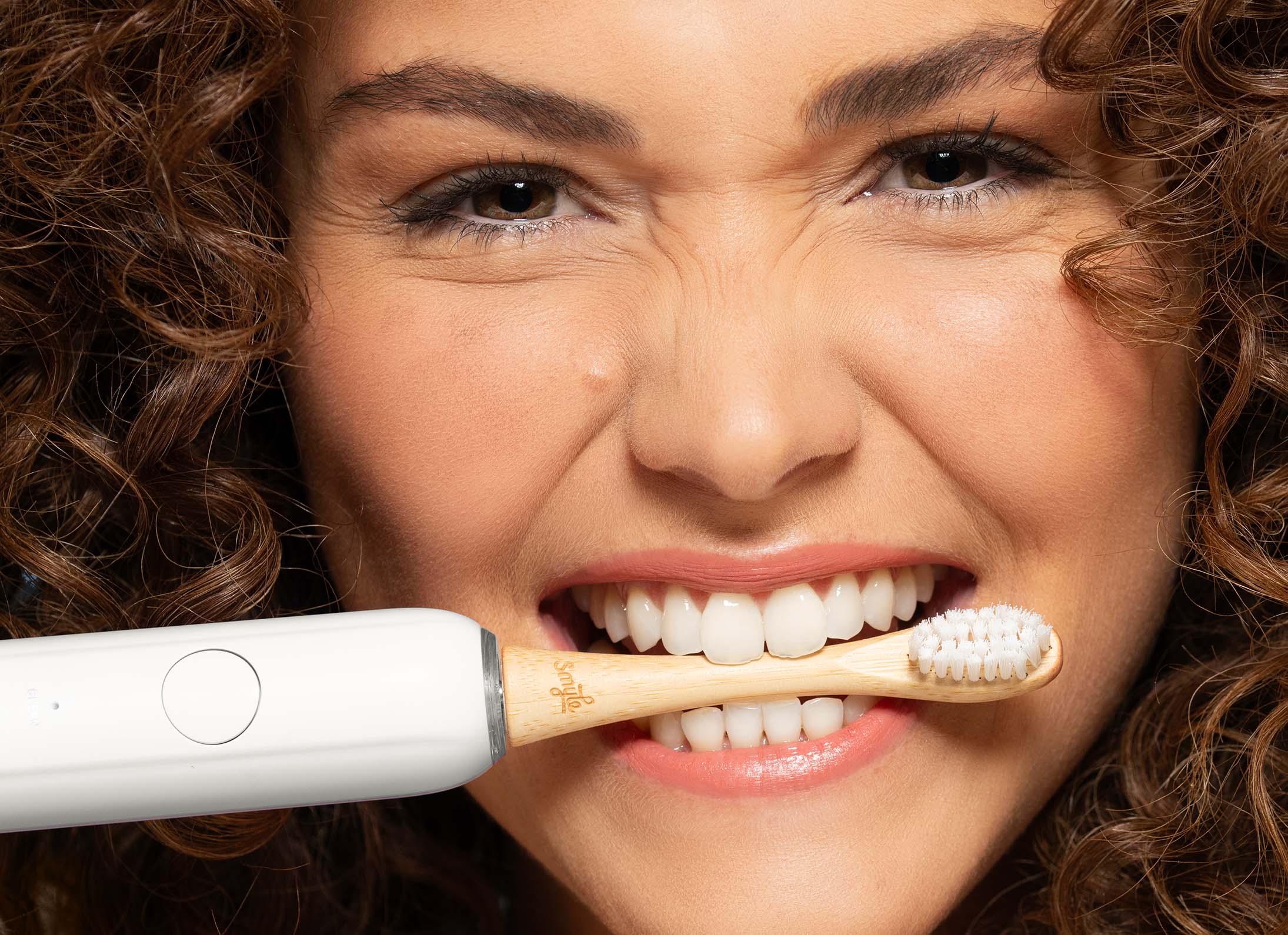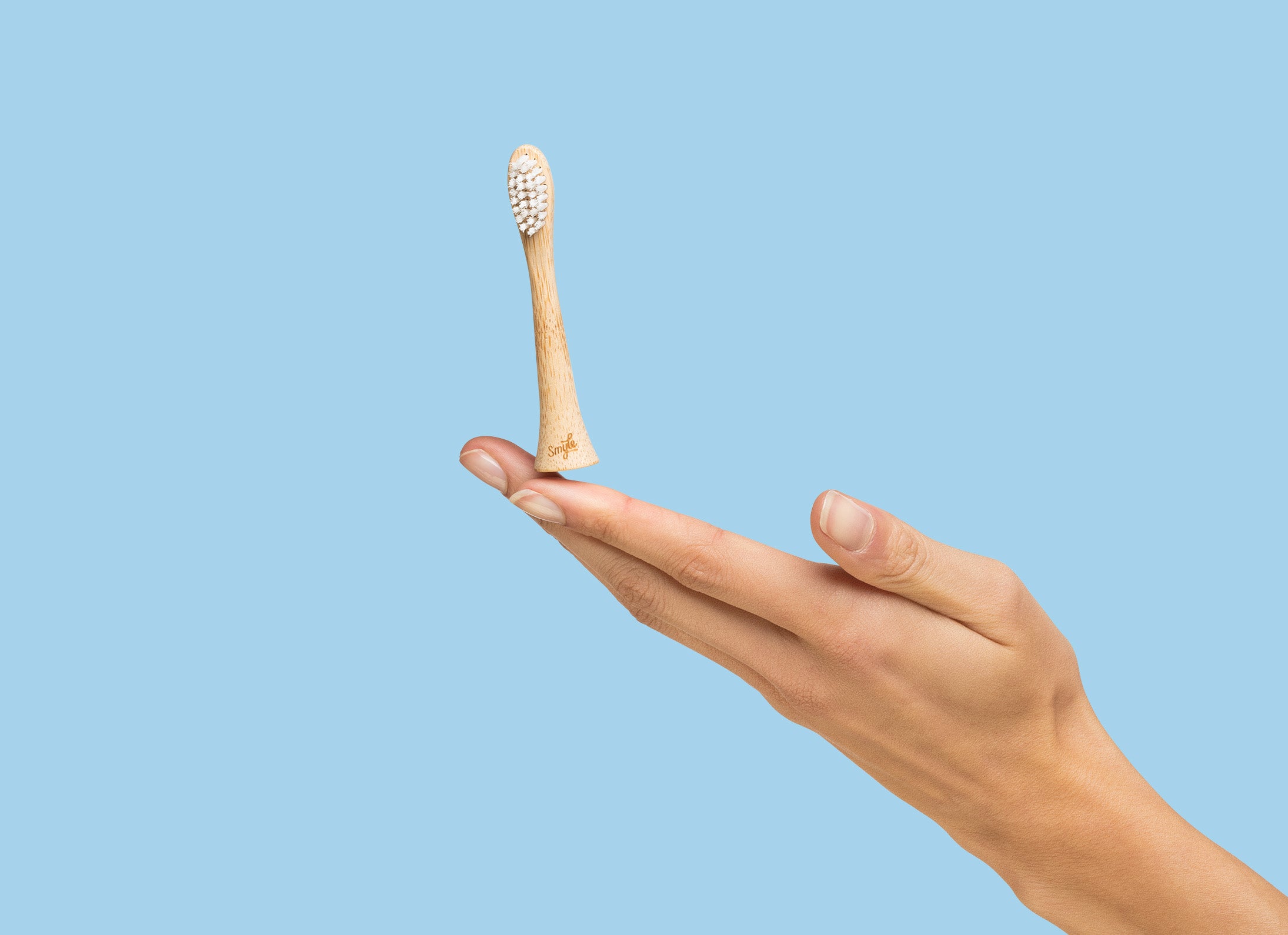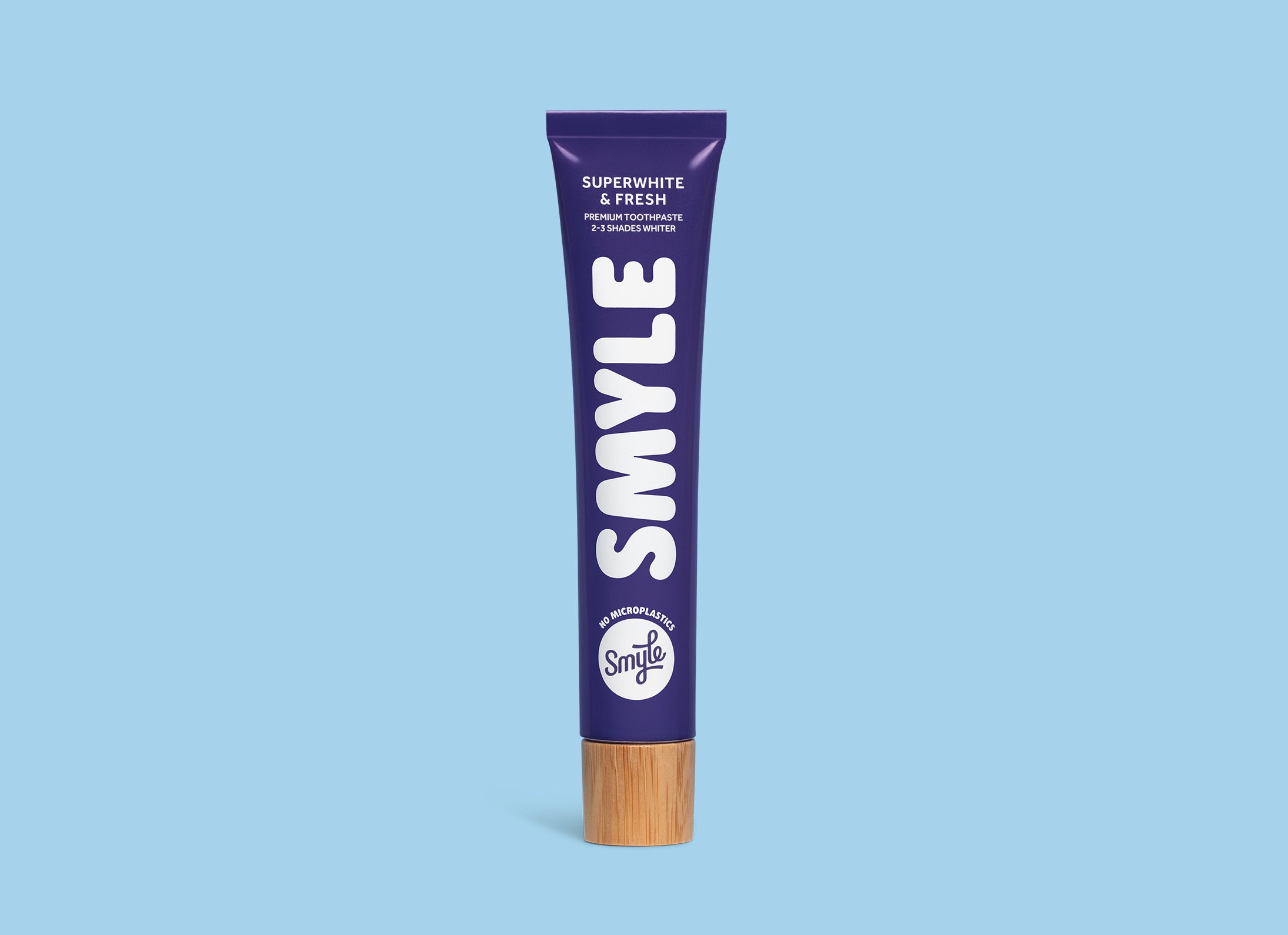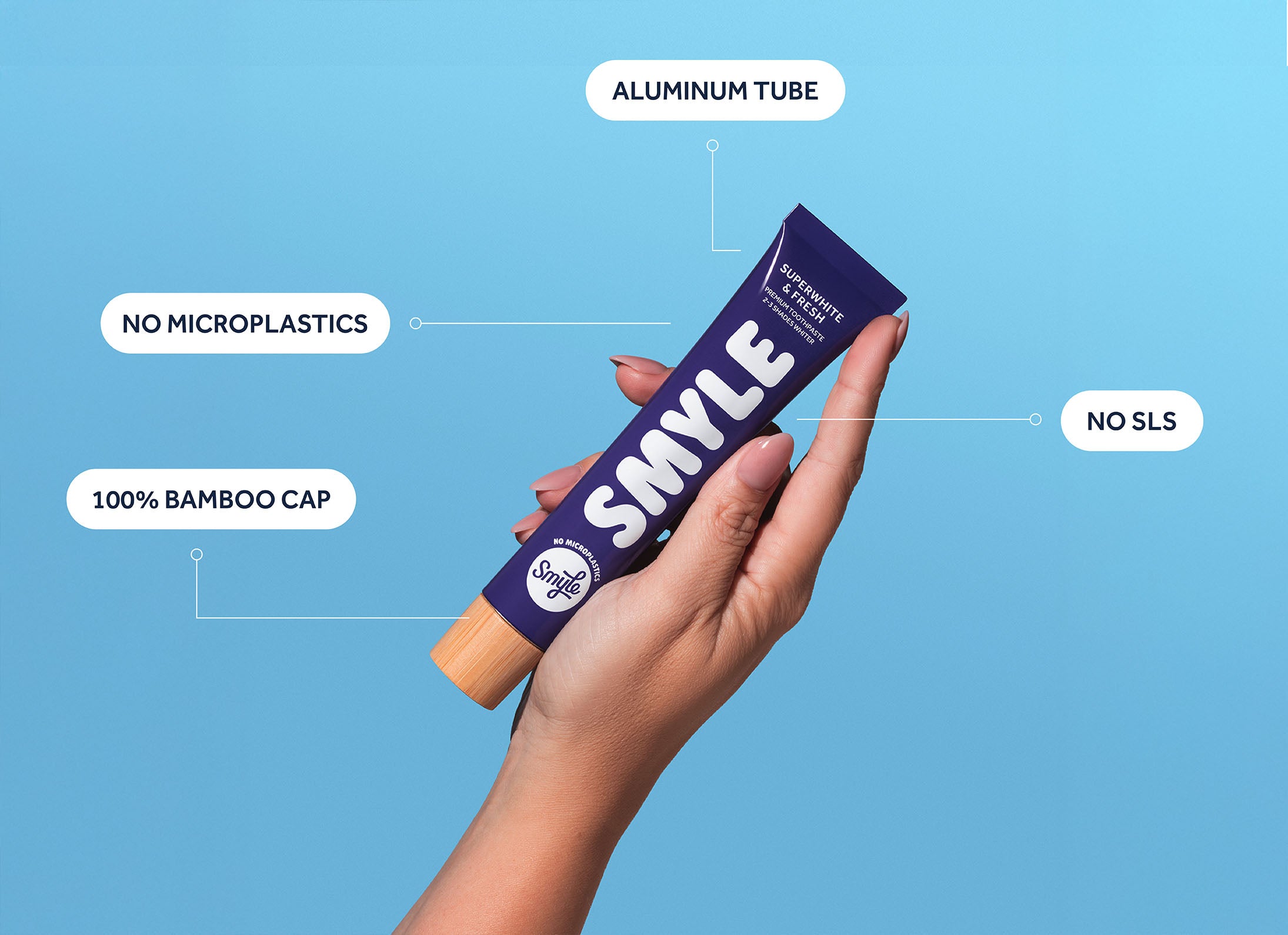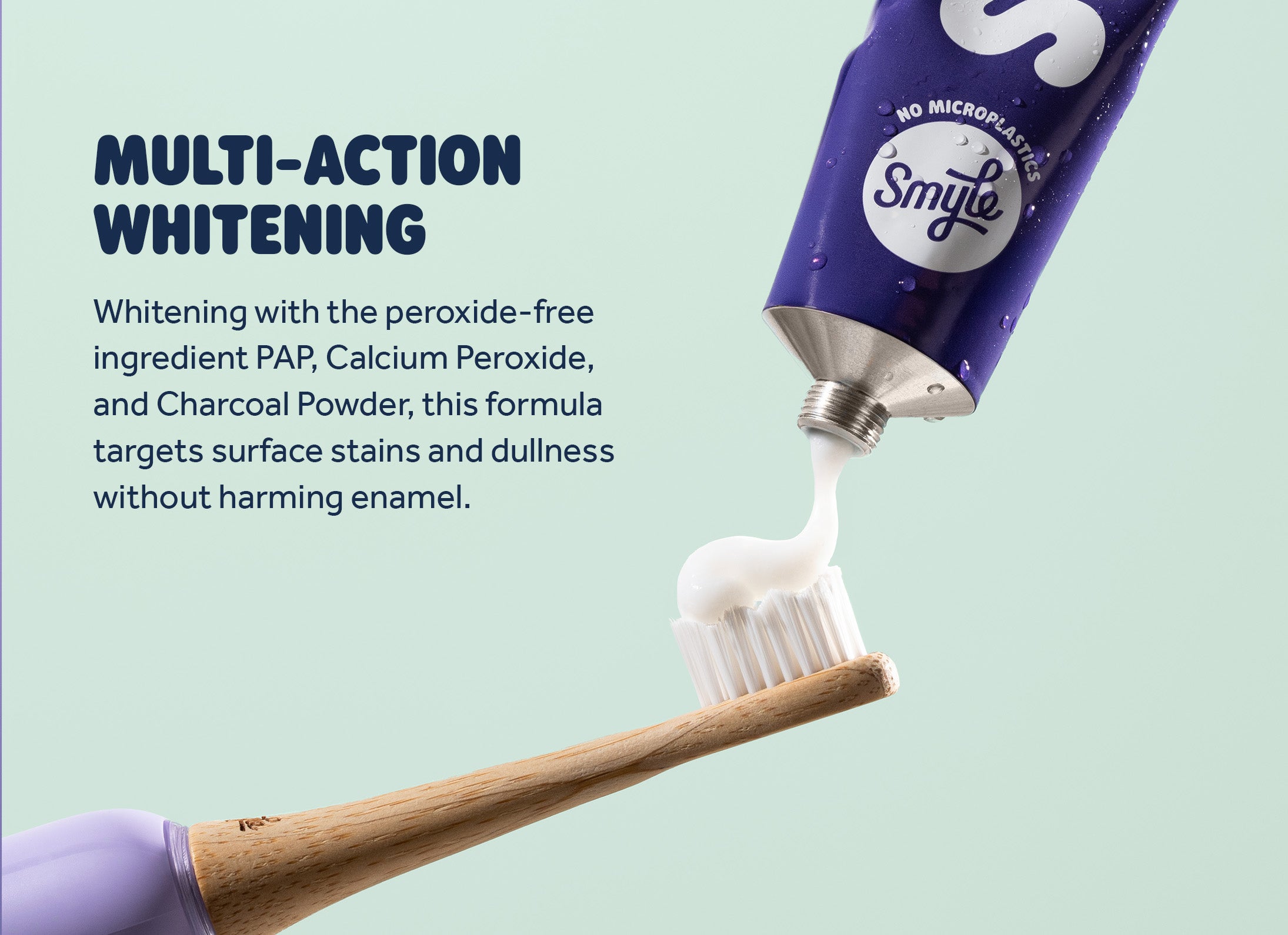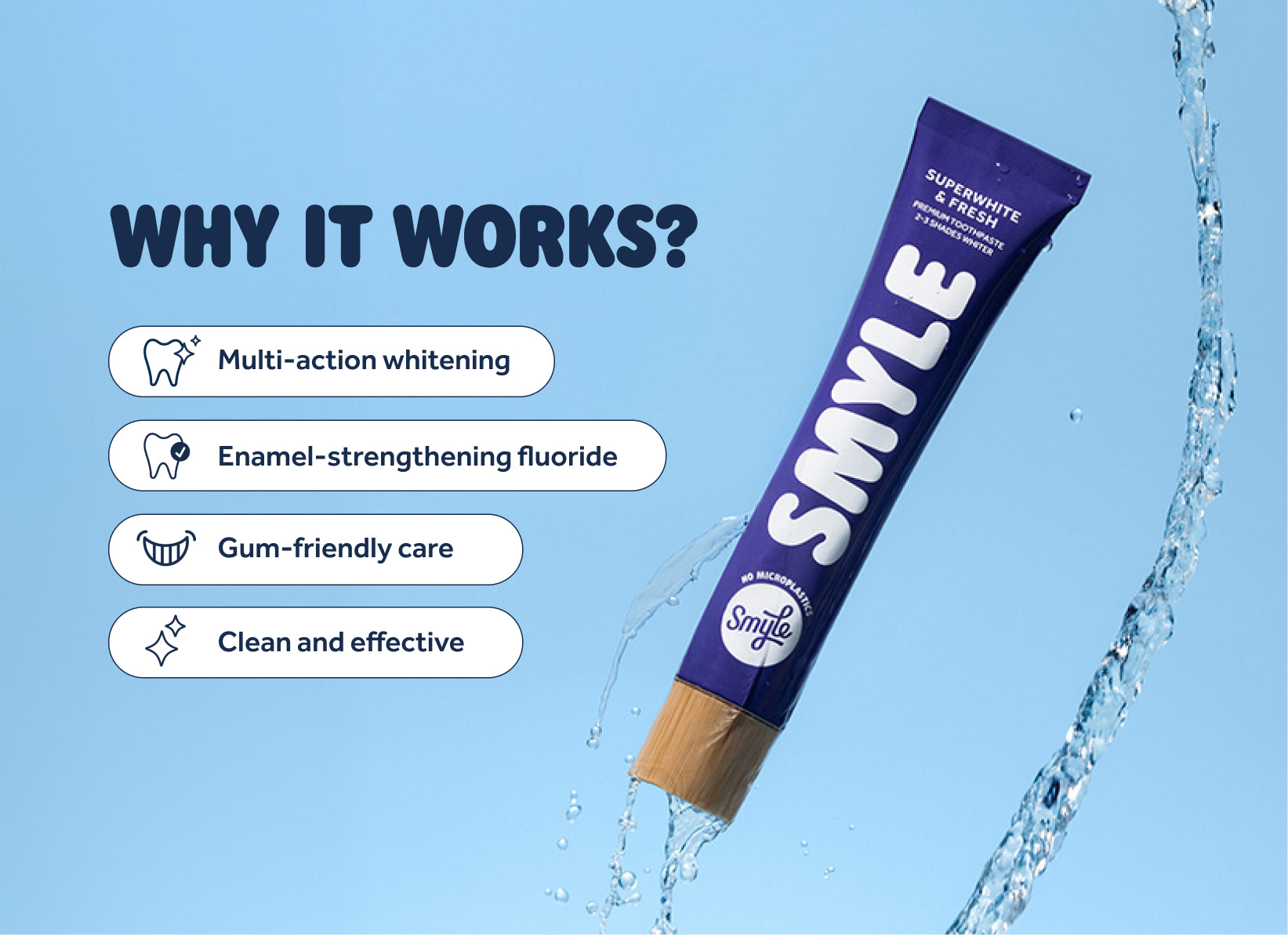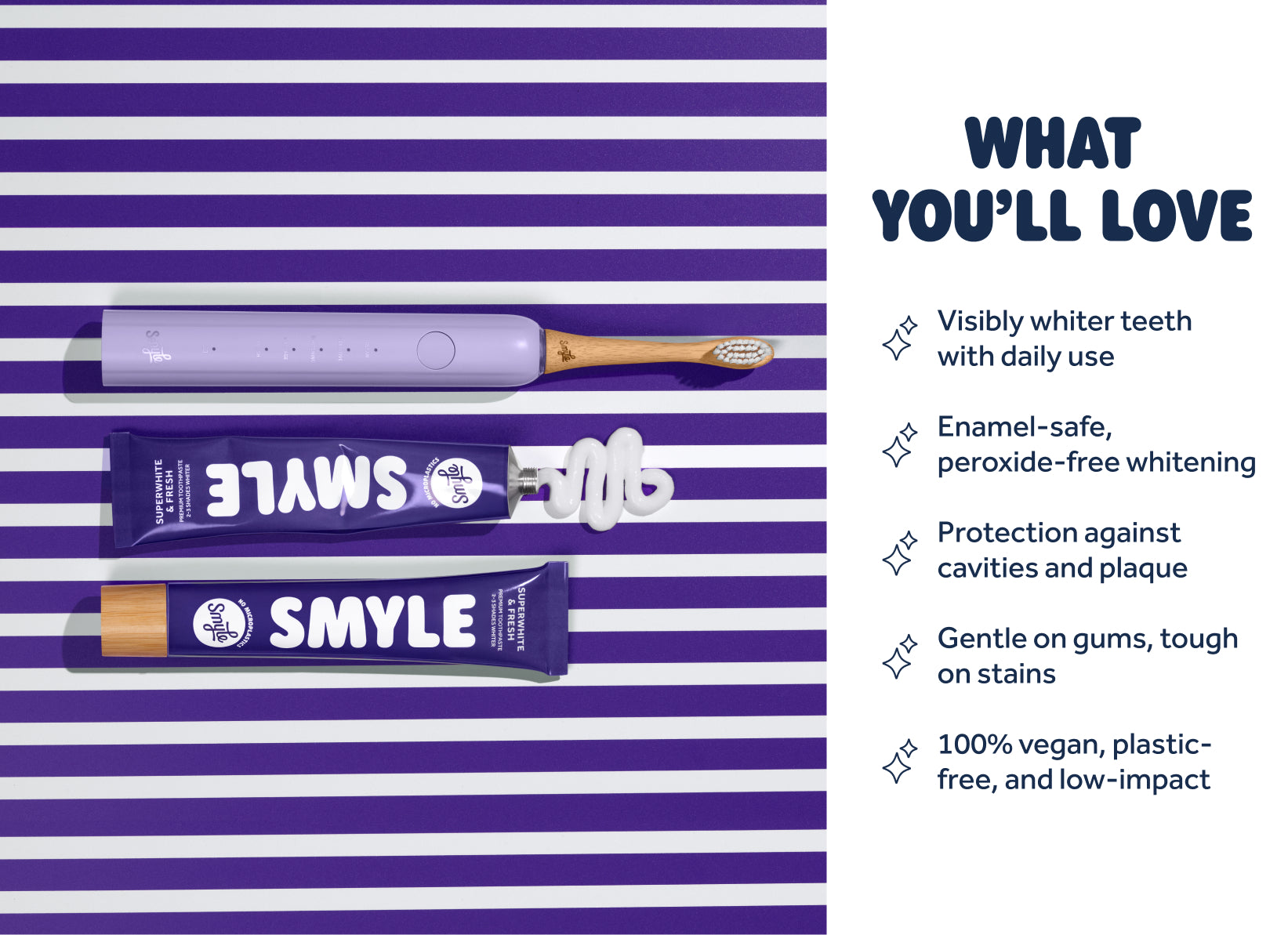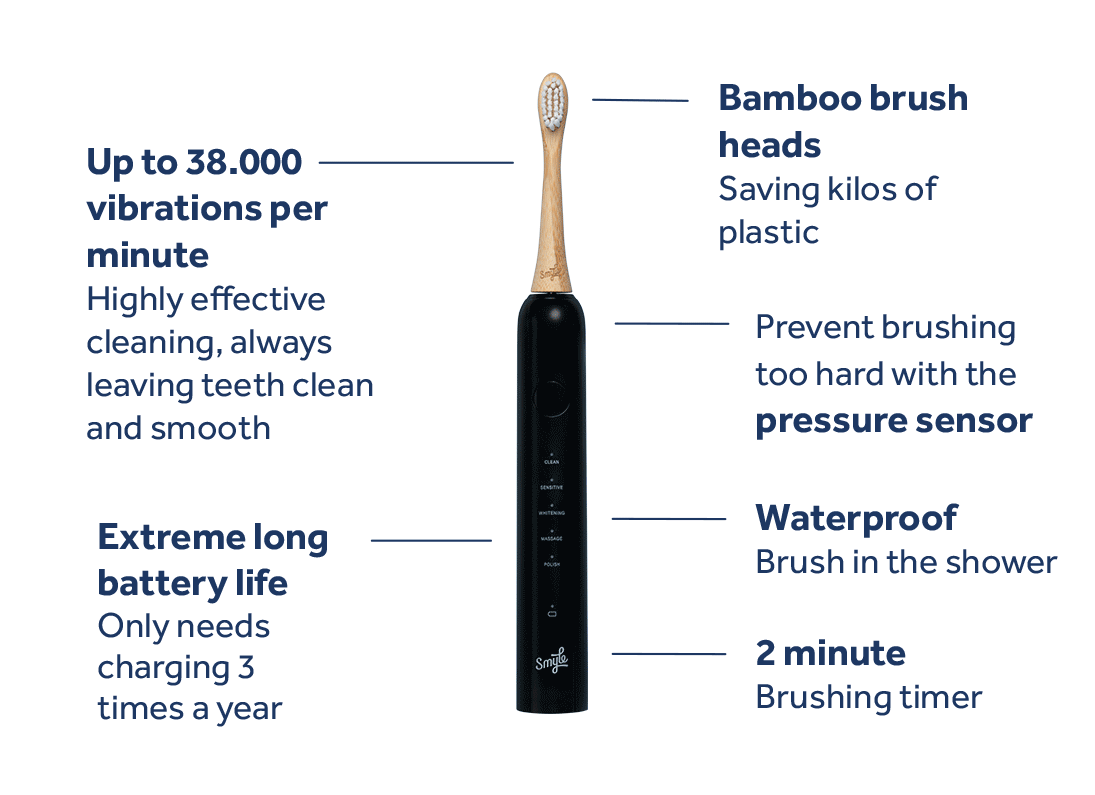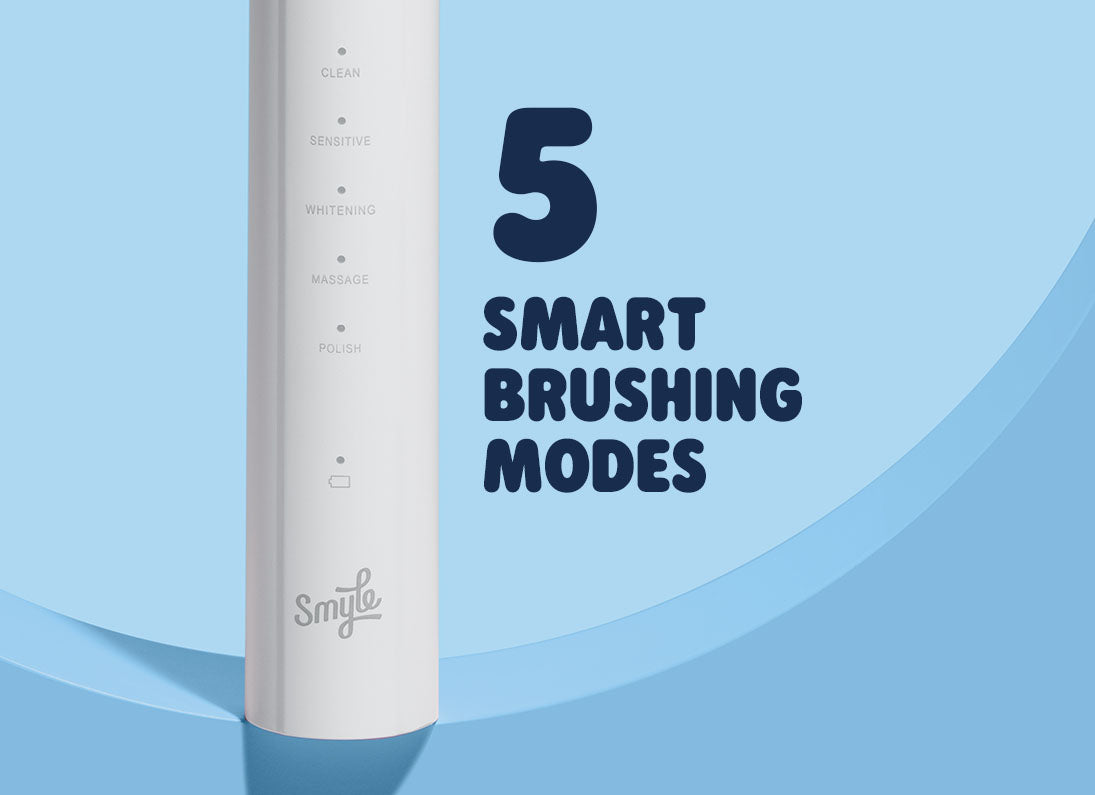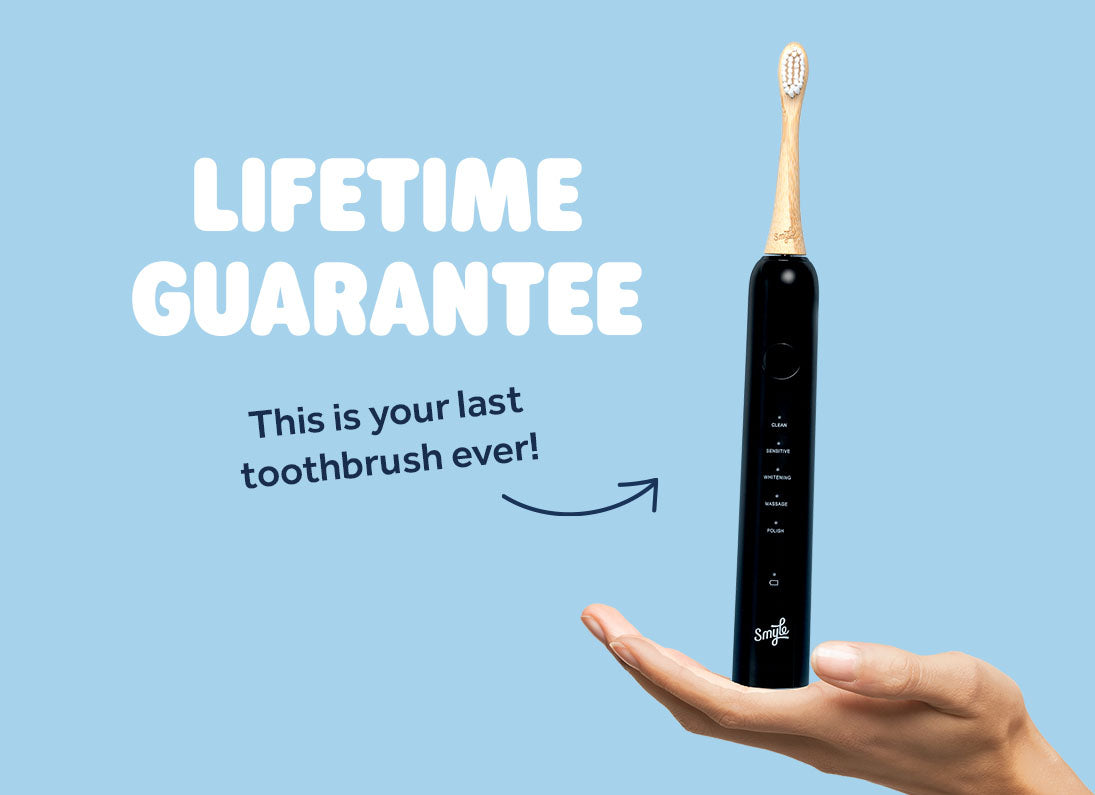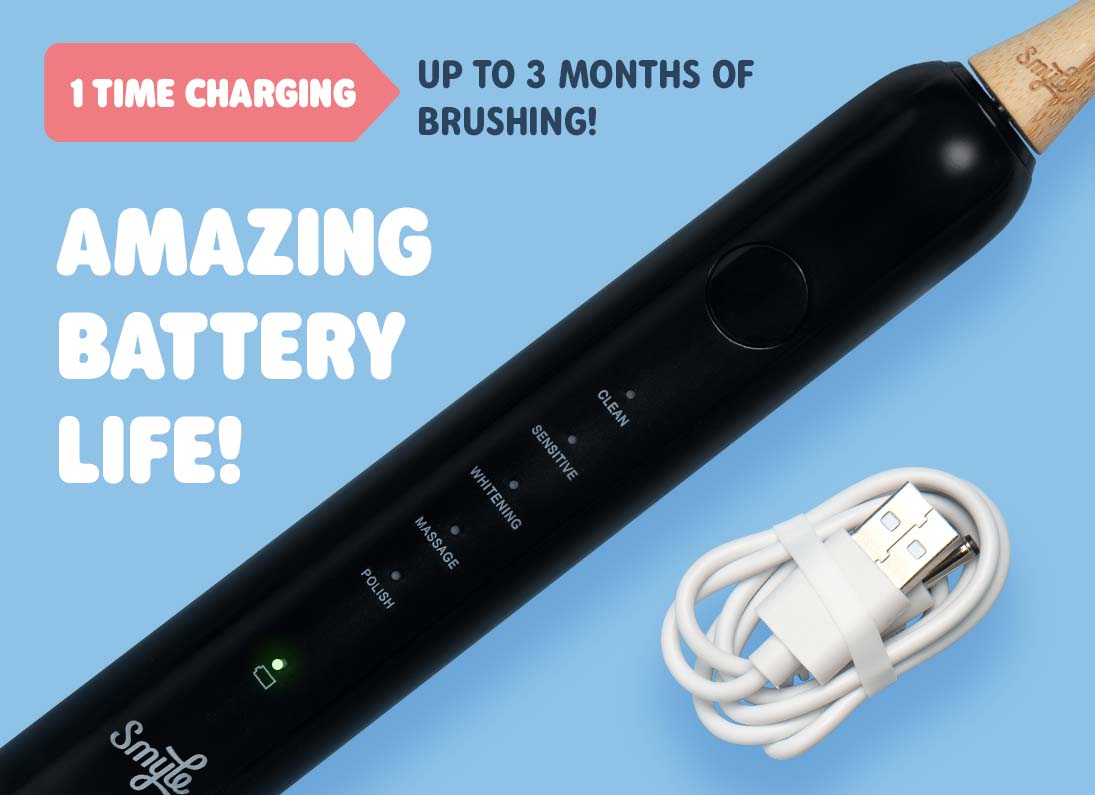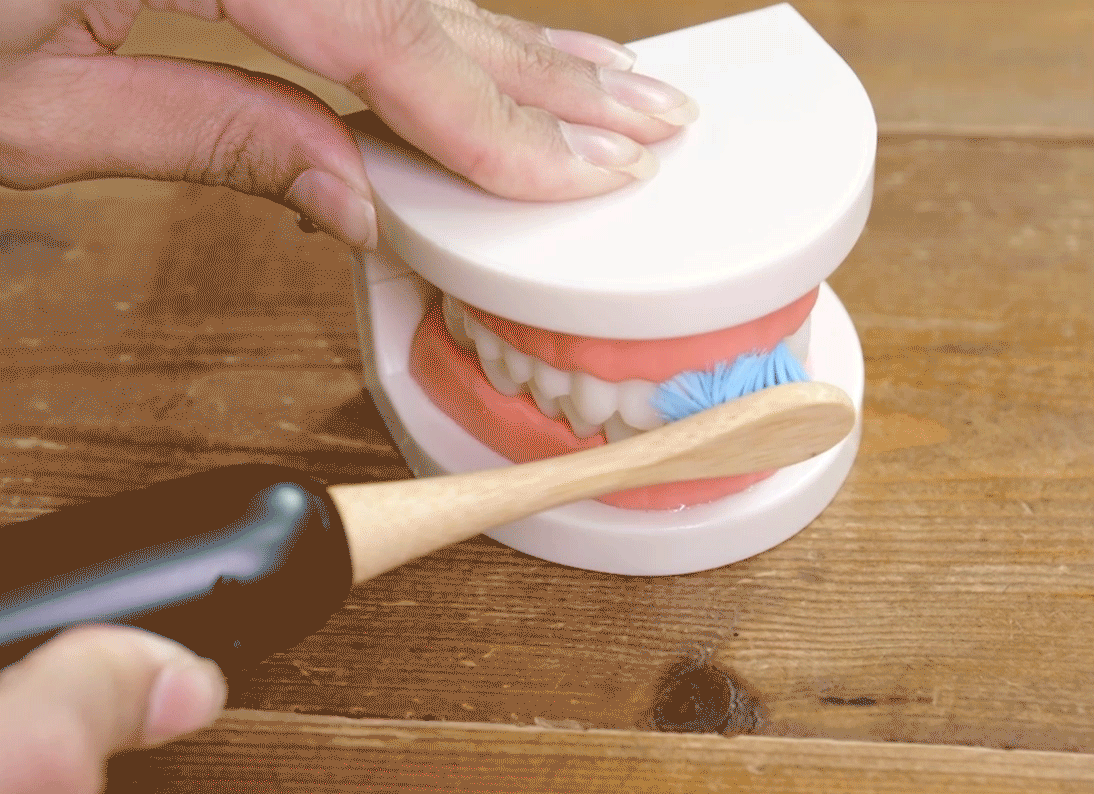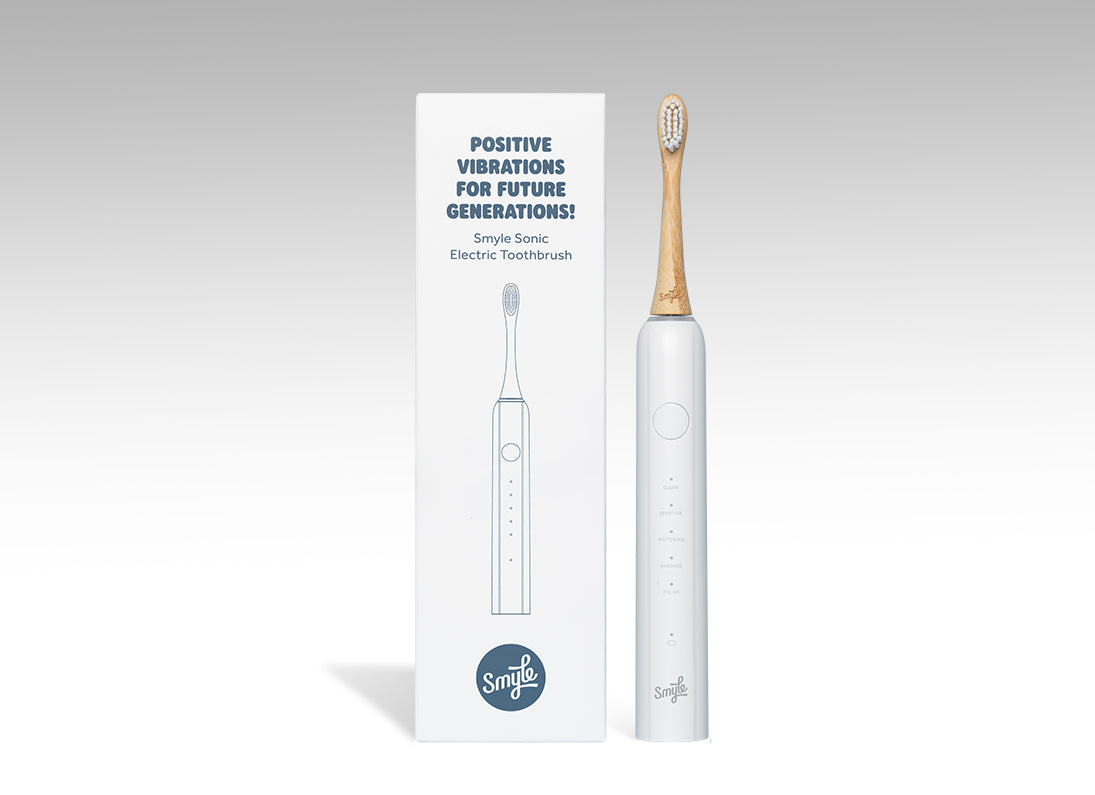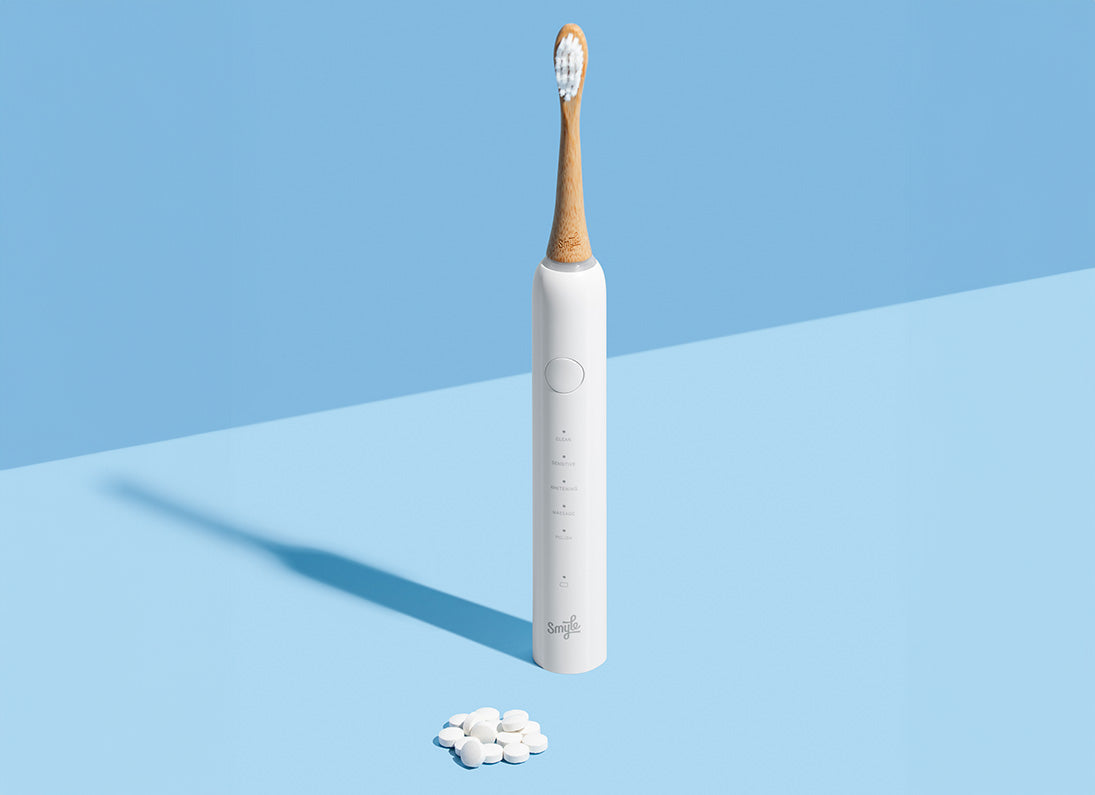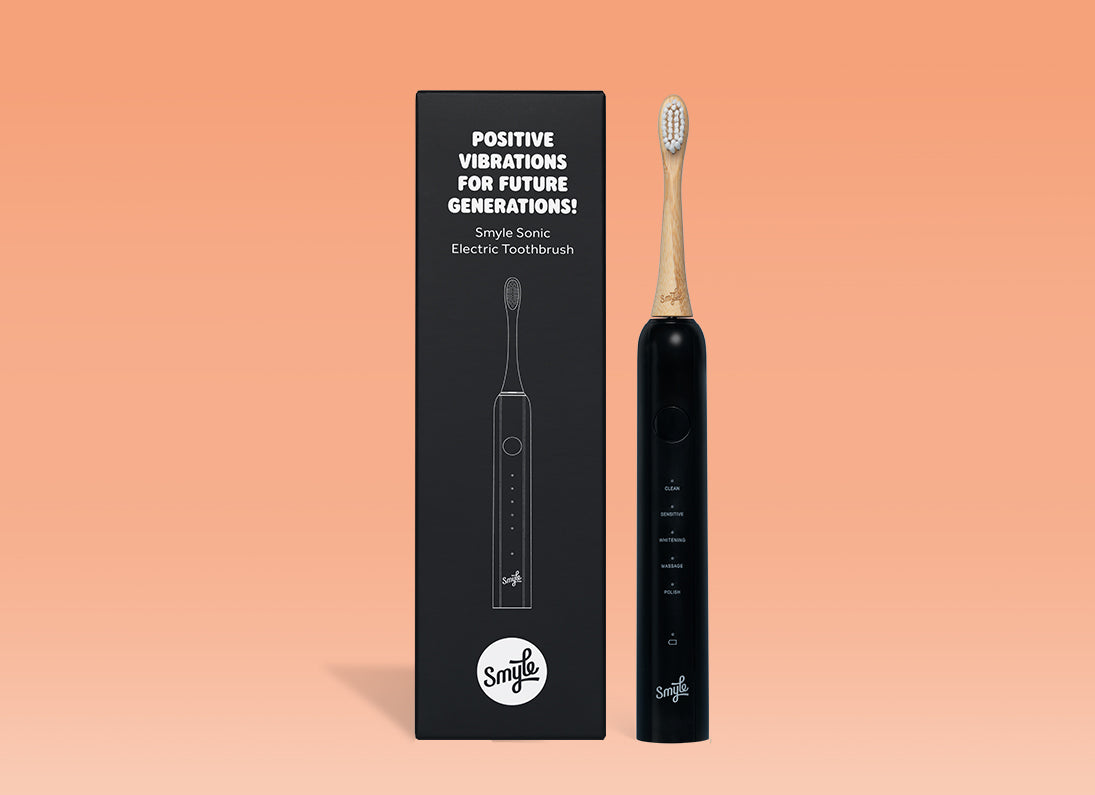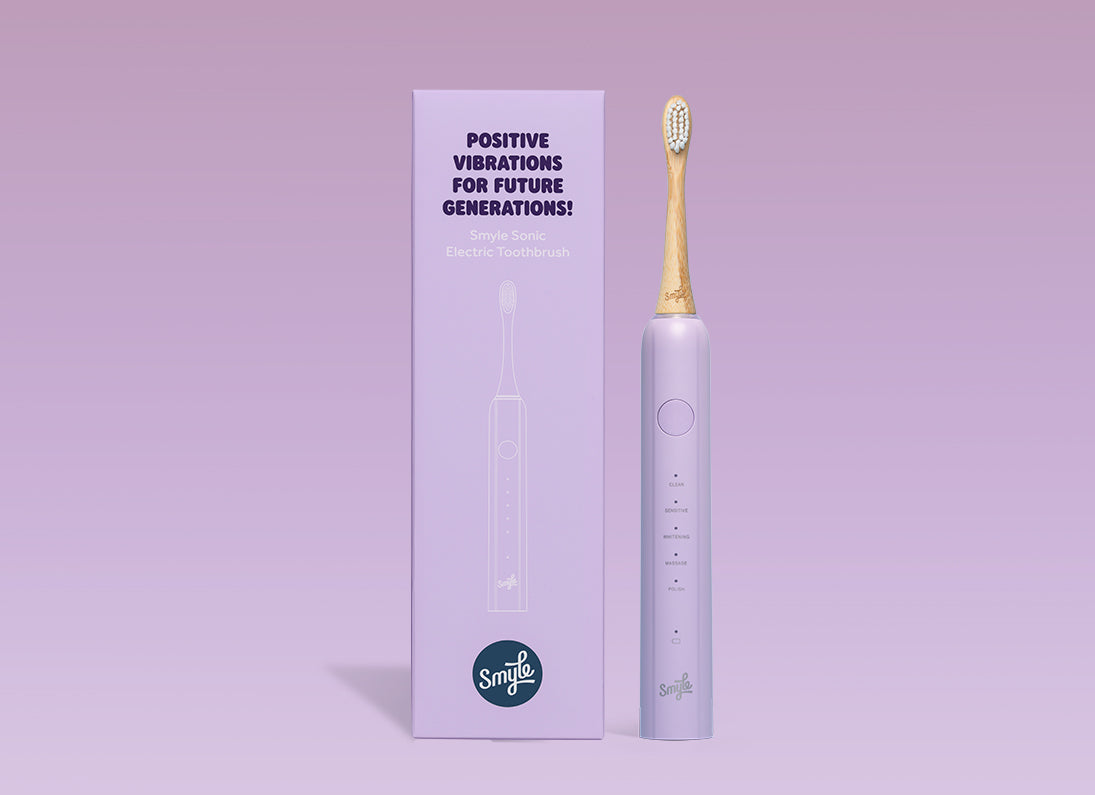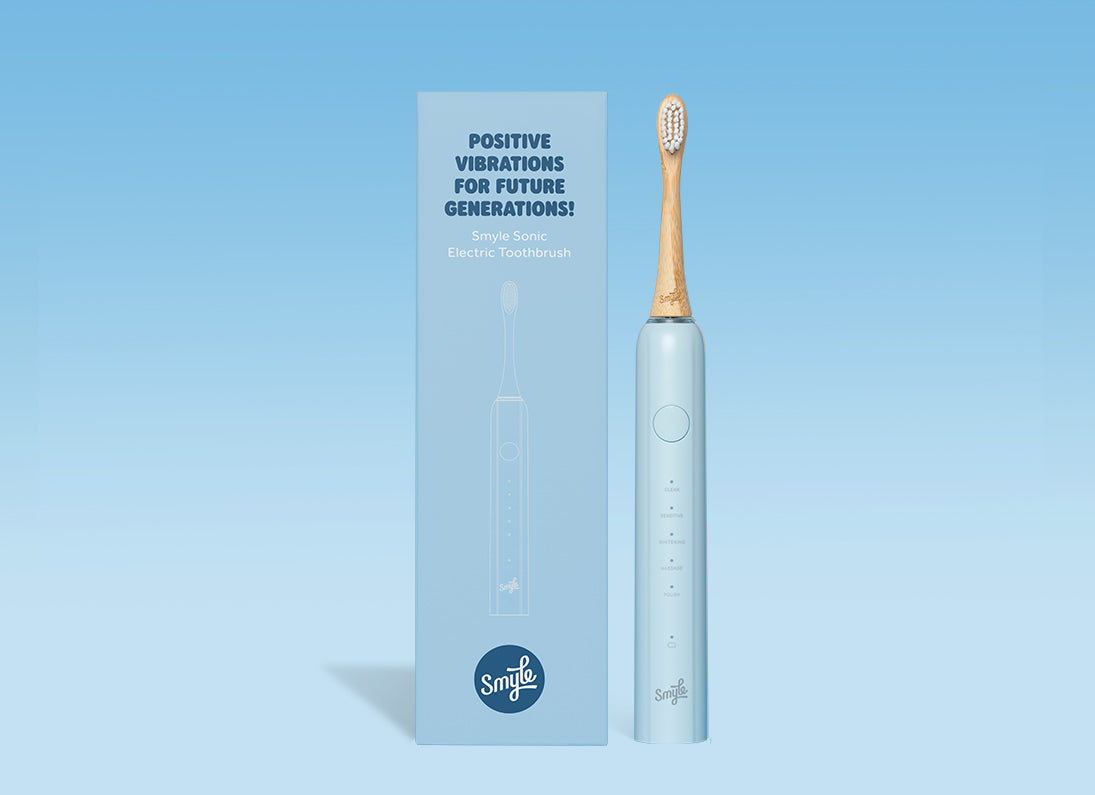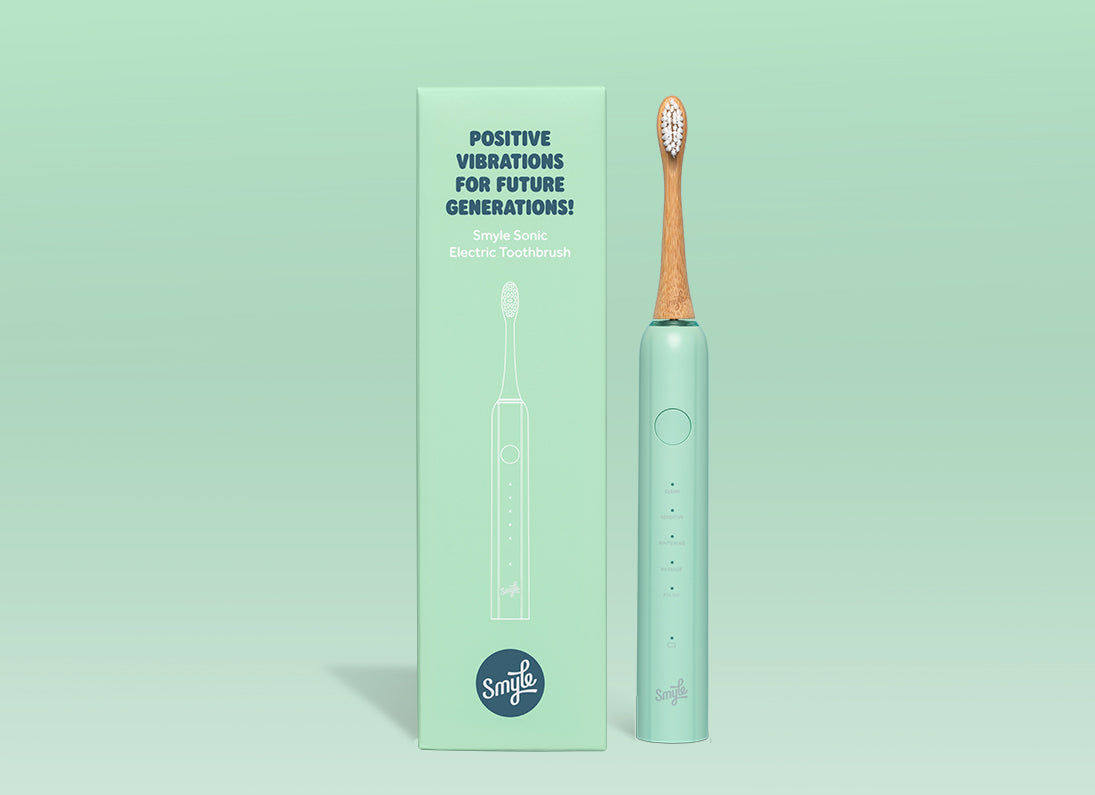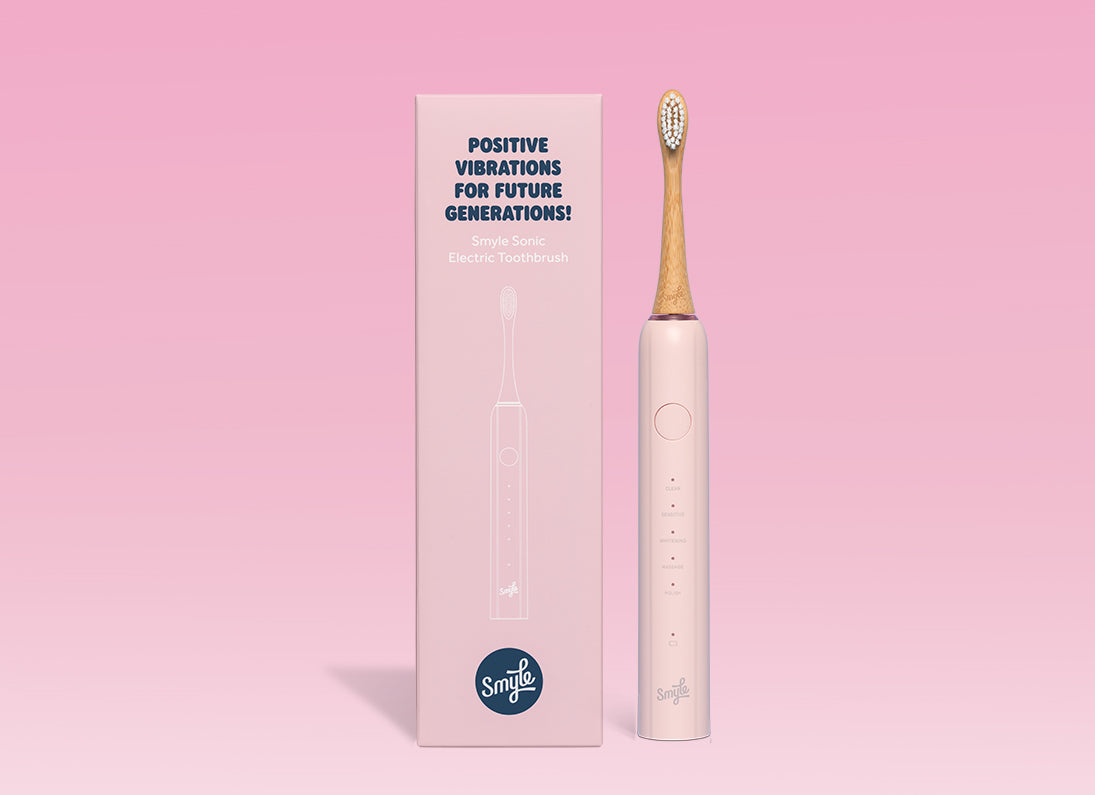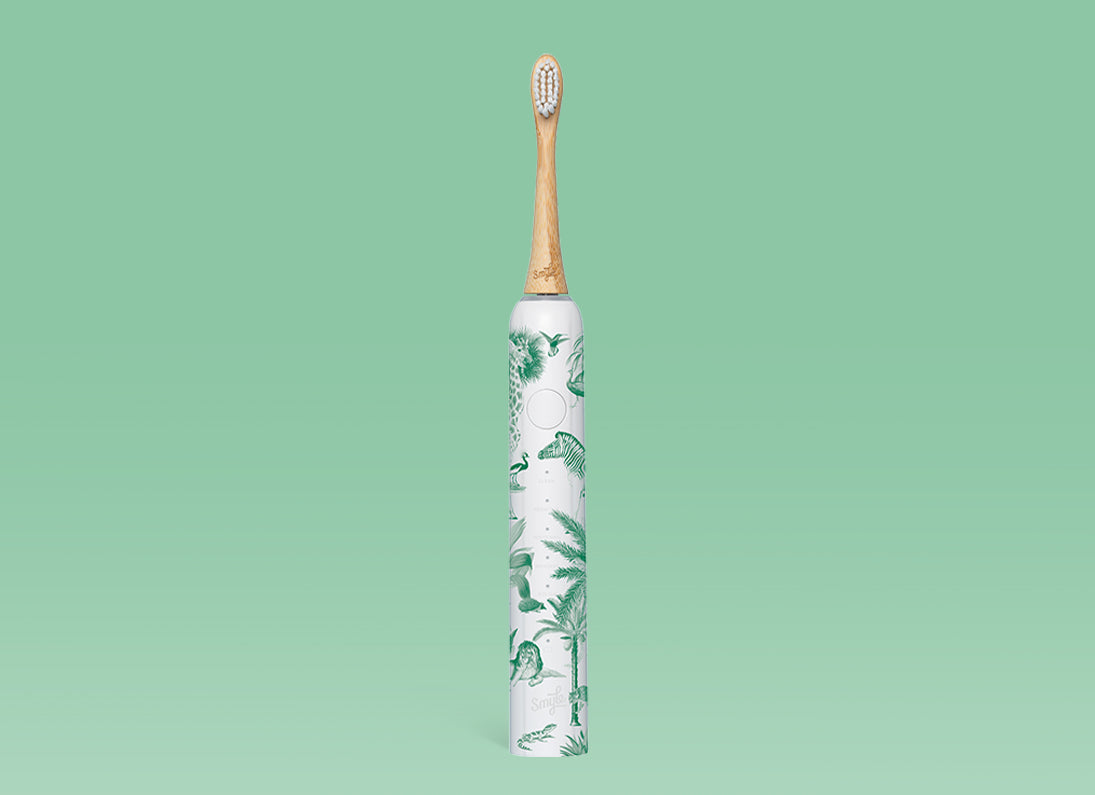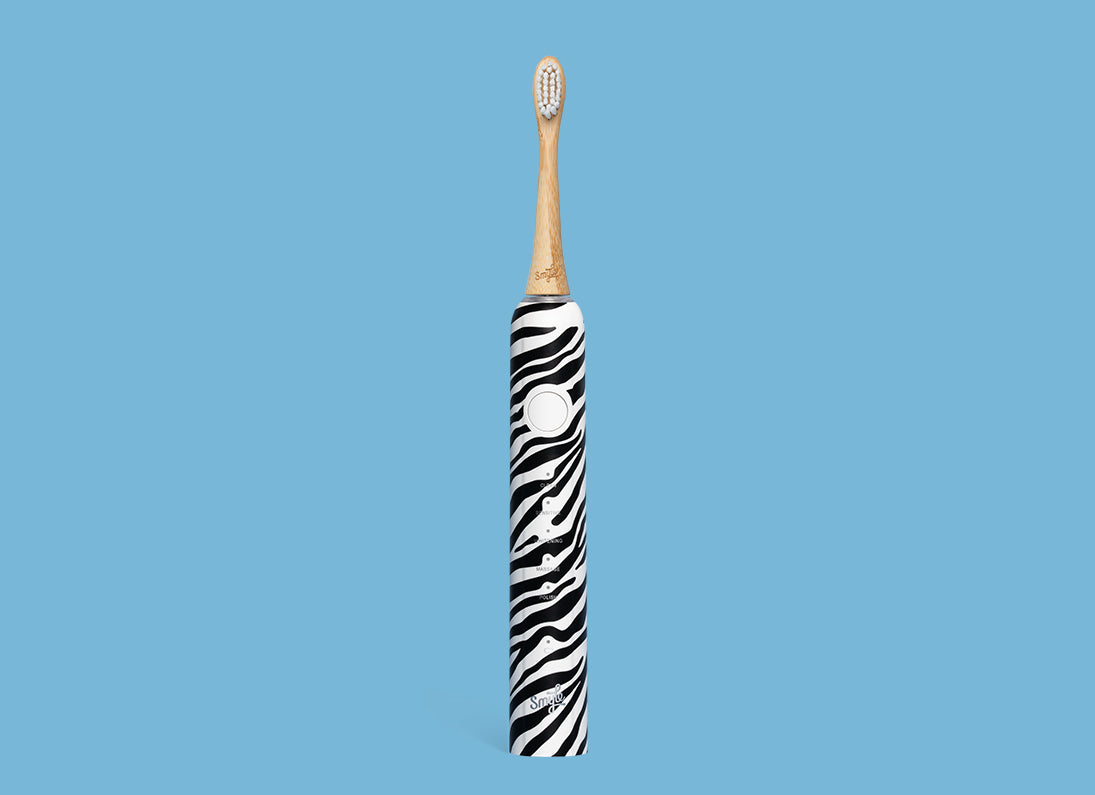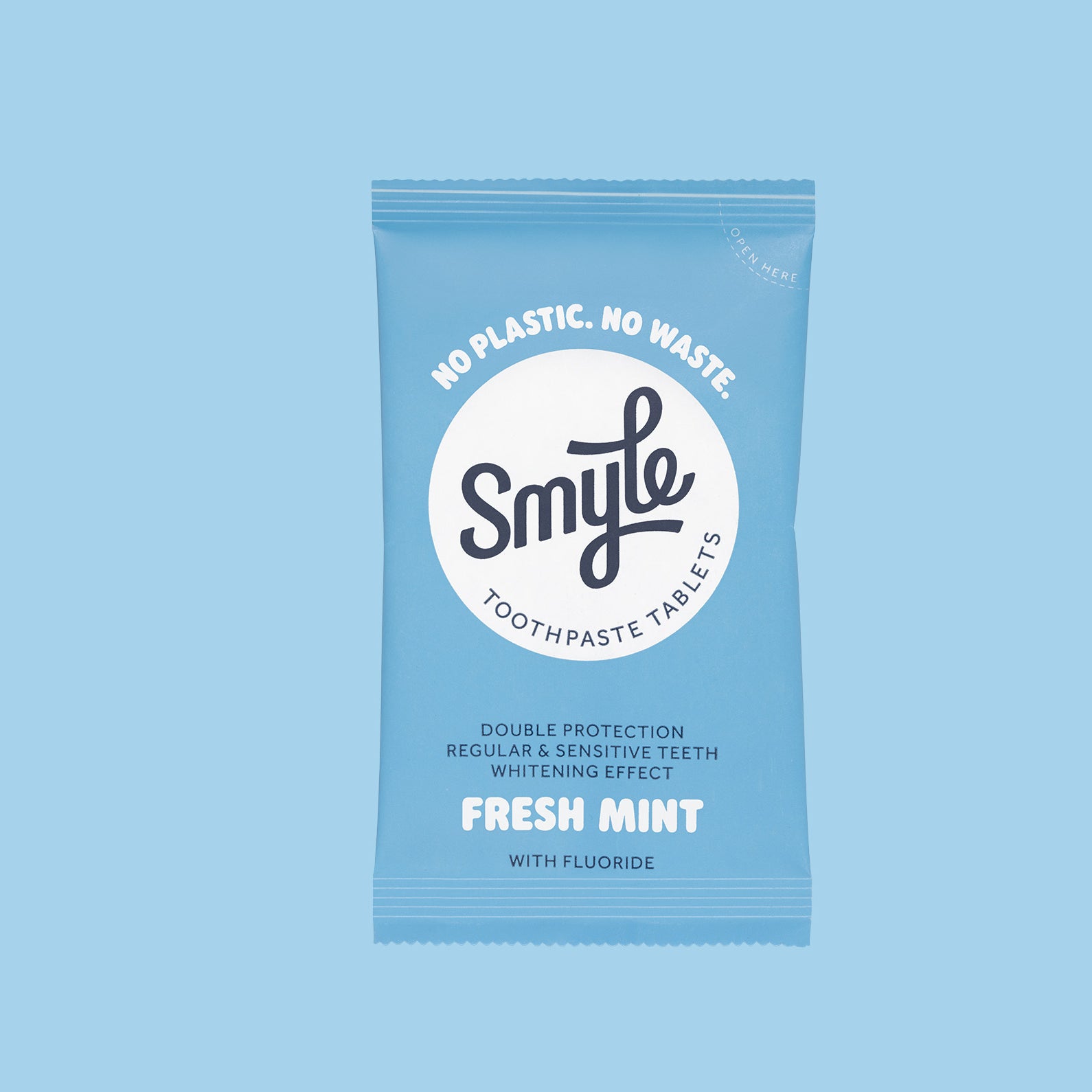
PAINFUL TEETH: HOW TO GET RID OF THE DISCOMFORT
The Unpleasant Sensation No One Wants
It’s a feeling no one enjoys: a sudden, sharp pain in your teeth that makes you wince in discomfort. Whether it’s caused by a sip of hot coffee, biting down on something hard, or drinking an ice-cold beverage, tooth pain can be a serious issue. In this blog post, we’ll explore the causes of painful teeth, how to recognize the symptoms, and what steps you can take to find relief.
Causes of Tooth Pain
Tooth pain is more than just an annoyance—it can signal an underlying problem. Understanding the potential causes and knowing when to seek professional help can mean the difference between temporary discomfort and long-term pain. So, let’s take a closer look and discover how to bring back that pain-free smile.
Tooth pain can have many causes. Pinpointing the exact source of the pain isn’t always easy, but it's important to pay attention to the signals your body is sending.
One of the most common causes of tooth pain is tooth decay. If a tooth has cavities (caries) or is damaged by acids from food and drinks, the enamel can become worn down, exposing the inner layers of the tooth to sensitivity (there are special toothpastes to help with this—click here!).
Other common causes include inflamed gums, cracked teeth, abscesses, or pulpitis—inflammation of the tooth’s inner living tissue. Pain can also come from less obvious issues such as teeth grinding, bite misalignment, or even sinusitis, where sinus pressure causes pain in the upper teeth.
It’s important to remember: tooth pain should never be ignored. If you’re experiencing it, it’s a sign something isn’t right—and you may need professional help.
Symptoms and Warning Signs
Recognizing tooth pain early is key to getting the right treatment. Toothaches can range from mild sensitivity to intense, throbbing pain that keeps you up at night. The pain may be constant or triggered by specific actions like chewing or drinking hot or cold liquids.
Other signs of oral problems to look out for include:
-
Bleeding or swollen gums
-
Gum sensitivity or recession
-
Discoloration of teeth or gums
-
Persistent bad breath
-
An unusual (salty or metallic) taste in your mouth
These symptoms could indicate more serious issues that need attention. Don’t wait—listen to your body. Pain is your body’s way of telling you something’s wrong. Ignoring it won’t solve the underlying issue.
Solutions for Painful Teeth
If you're dealing with painful teeth, you're probably wondering what you can do to ease the discomfort. The answer lies in a two-fold approach: seeking short-term relief while addressing the root cause.
For immediate relief, over-the-counter painkillers or topical gels may help dull the pain. But keep in mind: these are temporary solutions. They mask the pain—they don’t fix the cause.
To truly resolve the problem, you’ll need to identify and treat the source of the pain. That typically means visiting your dentist. A professional can diagnose the issue and recommend the proper treatment—whether it’s filling a cavity, treating an infection, or advising on improved oral hygiene to prevent future problems.
Tooth pain doesn’t have to be your normal. With proper care and attention, you can address the root cause and enjoy a healthy, pain-free smile once again.
Conclusion
Tooth pain can significantly impact your daily life, affecting your eating habits and even disturbing your sleep. But the good news is: you don’t have to live with it. There are many ways to relieve the pain and treat the underlying issue.
The key is to pay attention to your body’s signals and take action. That might mean booking a dental appointment, adjusting your diet or brushing habits, or finding the right over-the-counter solution for short-term relief. But remember: painful teeth don’t have to be part of your daily routine.
Remind yourself that your health—including your oral health—matters. Take time to care for yourself and your teeth, choose the right oral care products, and you’ll reap the rewards with a healthy, pain-free smile.



